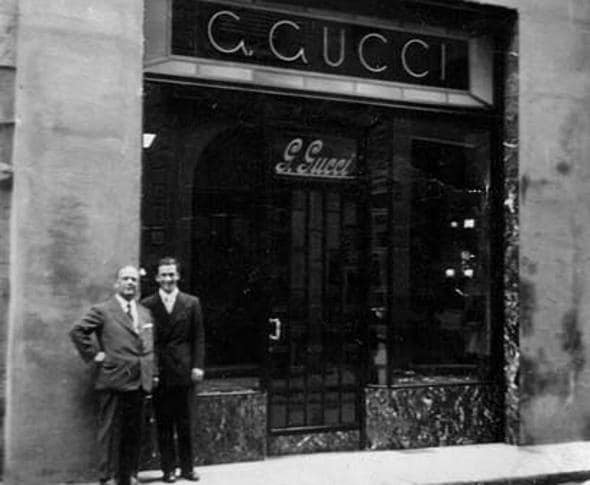

However, by 1993, Maurizio’s excessive spending and the company’s outstanding debts forced him to sell his 50% percent stake to the business’ investors, ending the Gucci family’s ownership and control of the brand.įorden says that while the end of the Gucci family dynasty in fashion may be one of the more dramatic incidents in the industry’s history, it was part of a larger trend for Italian fashion during the time, which also affected family companies like Prada, Versace and Armani, which were struggling with transitioning their respective small family boutique businesses into internationally recognized mega brands. By 1989, Maurizio had succeeded in taking control of the company and was strongly determined to revamp its image. The familial strife during this time was ugly and in the public eye: Aldo served a year in prison for tax evasion and Maurizio fled to Switzerland after being accused of forging his father’s signature to avoid paying inheritance taxes (while he was originally found guilty, he was later acquitted). Maurizio, who felt Aldo’s approach of championing the mass production of Gucci products cheapened Gucci’s identity as a luxury brand, spent the majority of the 1980s trying to push him out of the business through legal battles and take over the company. Looming sibling rivalries between the brothers turned into full-on feuds that continued into the next generation, which helped lead to the downfall of the Gucci family in the fashion industry.Ĭonflict came to a head after Rodolfo Gucci died in 1983, leaving his son Maurizio a majority stake in the company, which was floundering under the leadership of Aldo. Following Guccio’s death in 1953, shares of the business were left to his three biological sons, Vasco, Rodolfo and Aldo. Guccio’s small shop soon blossomed into a booming family business with many shops in different cities and countries, especially after four of his sons (Vasco, Aldo, Rodolfo and Ugo, who was Guccio’s adopted stepson from his wife’s previous relationship) began working with him. Guccio opened his first shop in Florence in 1921, offering fine leather luggage and accessories, as well as leather goods for horsemen. Guccio was inspired to create his business after a stint working as a bellhop at The Savoy Hotel in London and a gig working for an upscale train travel company.

The Gucci fashion house began as a luxury luggage brand founded in 1921 by Guccio Gucci.

The tale, which includes Succession-esque rivalries between family members, multiple lawsuits, tax evasion, incarceration and, of course, murder, provided ample creative fodder for Scott and screenwriters Roberto Bentivegna and Becky Johnston.Ĭourtesy of MGM What to know about the Gucci family The film was adapted from journalist Sara Gay Forden’s 2001 nonfiction book of the same name, which chronicled the sensational real-life story of the fabulously wealthy Gucci family’s rise and fall as one of fashion’s most prominent dynasties. 24, the marriage of Patrizia Reggiani ( Lady Gaga) and Maurizio Gucci (Adam Driver) implodes as the family business, the House of Gucci, begins to crumble under the pressure of in-fighting and cultural shifts, culminating in the shocking murder of Maurizio.īut in the case of House of Gucci, the truth is truly stranger than fiction. The explosive family drama at the center of Ridley Scott’s House of Gucci is so over-the-top that it’s reasonable to assume the film is the result of a very active imagination.


 0 kommentar(er)
0 kommentar(er)
